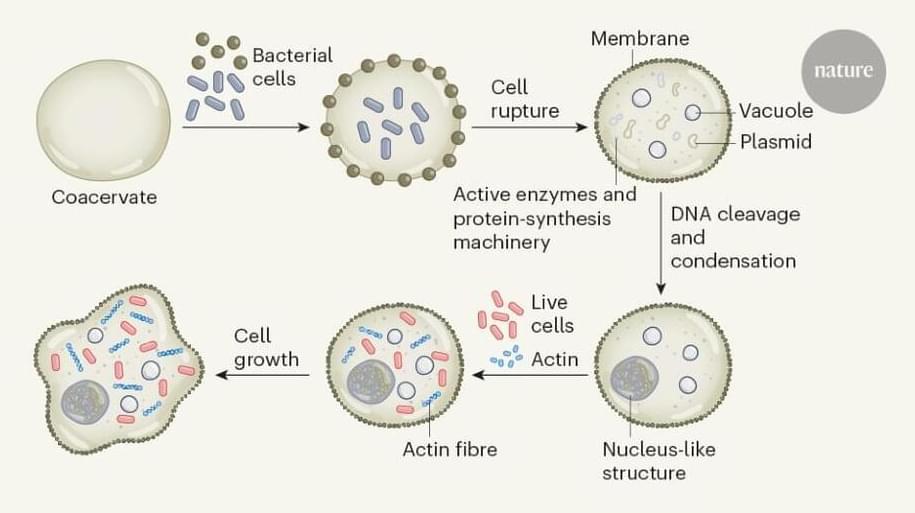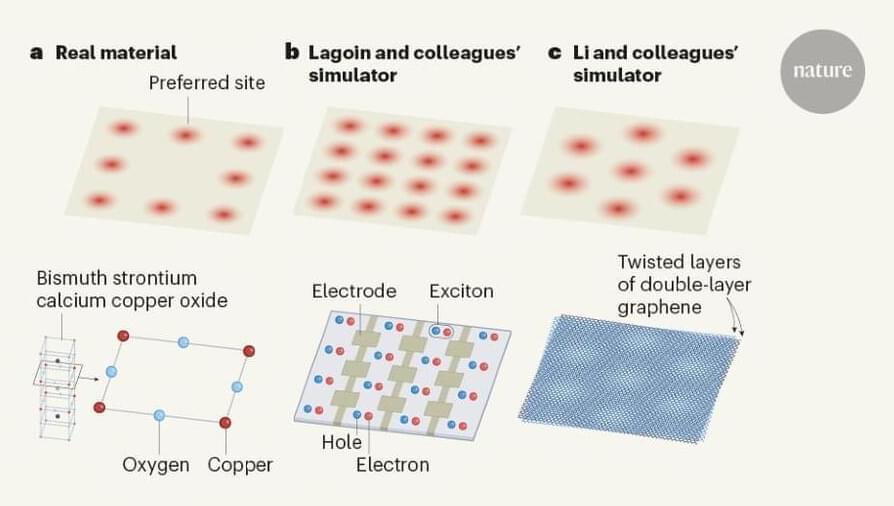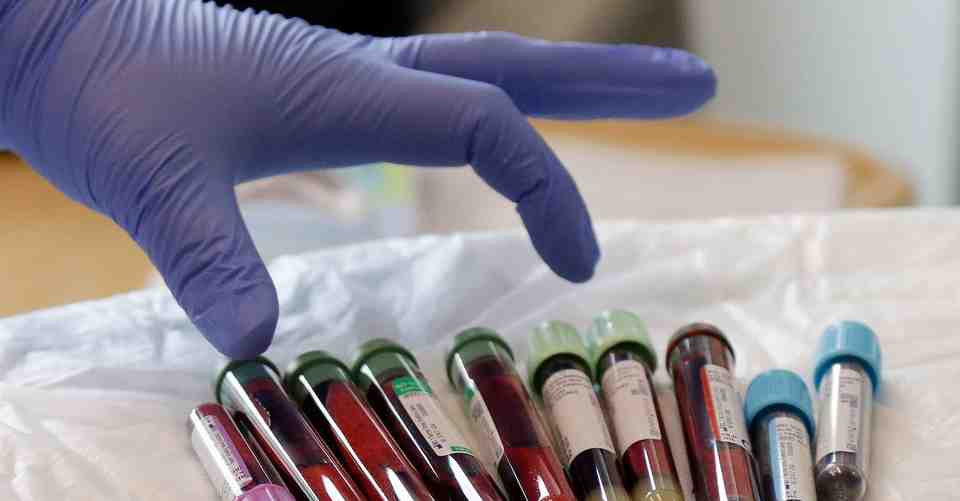The James Webb Space Telescope has released stunning new images of the Orion nebula, a star-forming region lying about 1,300 light years away in the Orion constellation. The images are overflowing with details and are a significant improvement over the Hubble and the Spitzer images of the same. Structures down to the size of the solar system can be seen in them.
The details of the new Webb images will enable astronomers studying stellar astrophysics to understand star formation in detail. Star formation is still not fully understood, and several questions remain unanswered.
The James Webb Space Telescope has marked the beginning of a new era in astronomy. One can only imagine what the telescope will unravel in the coming years.
Sunday Discovery Series: https://bit.ly/369kG4p.
Earendel episode: https://youtu.be/-1GQIAP-o6Y
Schrodinger’s Galaxy episode: https://youtu.be/vjcuQzZD7vI
Created By: Rishabh Nakra.
Narrated By: Jeffrey Smith.
The Secrets of the Universe on the internet:







